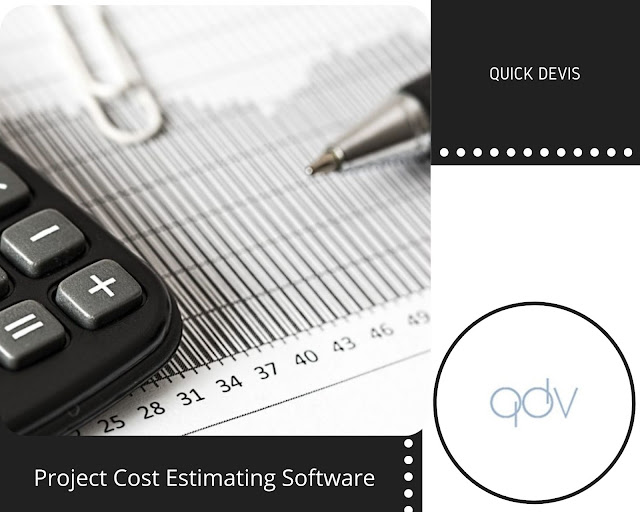The Importance of Software Simulation in Aerospace Training Programs
How Simulation is Taking Aerospace Training to New Heights—Safely and Smarter Than Ever
Have you ever wondered how pilots or mission operators train themselves for such high-anxiety, high-threat situations as they fly into a sudden storm over the ground 30,000 feet above or try to recover from a failure of a system at 30000 feet above in the sky? Trial and error have no place in the aerospace & defense world. Everything makes the difference, every step, any decision, any move, every second. And that’s exactly the point at which the aerospace and defense software simulation feeds in, and it has rapidly become the off-stage star of the best training programs available today..
According to Deloitte’s 2024 Global Aerospace and Defense Outlook, this industry is growing at a record pace, driven by innovations in automation, space exploration, and defense technology. But as the tools and missions become more advanced, training must evolve too. It’s no longer enough to learn from textbooks or spend a few hours in the cockpit. Today, simulation software is helping bridge the gap between classroom theory and real-world missions—and it’s doing so with incredible impact.
Let’s dive into how and why simulation software is changing the way we train in aerospace—and why it might just be the smartest investment your program can make.
Real-World Experience Without the Real-World Risk: Why Simulation Feels Like the Real Thing
Let’s face it—no one wants to practice a critical landing or system failure scenario for the first time in a real aircraft. It’s just not safe. That’s why simulation software is such a game-changer. It creates an environment so real, it feels like you’re flying the aircraft or controlling the satellite.
With the help of aerospace and defense software, training becomes immersive and hands-on. Trainees can go through complex exercises like emergency landings, engine troubleshooting, or mission coordination with zero risk. And the best part? They can repeat scenarios over and over again until they get it right.
This approach helps build both competence and confidence, so when it's time to step into the real world, they’re already prepared.
Training Smarter, Not More Expensive: How Simulation Saves Serious Money
Let’s talk dollars and sense. Training on real aircraft or systems is expensive—sometimes jaw-droppingly so. For instance, training on a single military jet can cost up to $30,000 per flight hour. Multiply that by dozens of trainees and hundreds of training hours, and you’re looking at millions.
Simulation offers a smarter, more cost-effective path. High-quality aerospace and defense software allows programs to train entire teams at a fraction of the cost. No fuel. No wear and tear. No need to schedule aircraft or crew time. Just plug in and go.
And because everything happens in a virtual environment, there’s no limit to how many times someone can run a scenario. That’s a huge win for both your budget and your training outcomes.
Faster, Better, Stronger: How Simulation Accelerates Learning and Readiness
Speed matters in aerospace, especially when new missions or technologies roll out. Simulation software lets your team get familiar with new systems before they’re even deployed in real operations.
With aerospace and defense software, engineers can experiment with new systems, pilots can get used to upgraded cockpit controls, and technicians can learn maintenance procedures without touching a single physical asset.
This flexibility makes your entire workforce more agile. Certification times shrink. Mistakes get caught early. And your people show up to real missions ready to perform.
Learning from Every Click: The Power of Performance Data in Simulation Training
One of the most underrated benefits of simulation? The data. Every move a trainee makes—every click, delay, or decision—is tracked and recorded. That means instructors can review what happened, give better feedback, and tailor future sessions to match individual learning needs.
Modern aerospace and defense software includes advanced analytics that help organizations identify what’s working and what’s not. Is someone struggling with emergency response timing? Are there gaps in understanding system diagnostics? You’ll know. And you’ll have the tools to fix it fast.
This isn’t just training—it’s continuous improvement in action.
Conclusion: The Future of Aerospace Training Is Simulated—and It’s Here to Stay
Simulation Isn’t Just a Tool—It’s a Competitive Advantage
Ultimately, simulation is not about a replacement to traditional training, but about making it smarter, safer, and more effective. Whether you are new to a pilot and want to take off for the first time or to a new engineer who needs to enter the next generation systems, simulation provides the tools for your team to achieve excellence with a lot of confidence.
And as aerospace and defense software continues to advance, the possibilities will only expand. Organizations that invest in high-quality simulation now are setting themselves up for stronger teams, better mission outcomes, and smarter budgets.
Looking to take your training programs to the next level? Equip your team with the most accurate estimating capabilities available by partnering with the best estimating tool in the industry, designed to support precision and performance in aerospace environments.
Because when every mission matters, the right tools make all the difference. Ready to simulate your way to success? Let’s get started.



Comments
Post a Comment